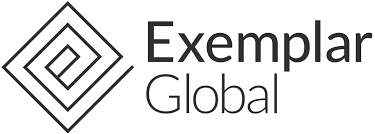Step 1 – Find the Hazards
Start by talking. It’s a legal requirement that safety is discussed in workplaces, and you gain great insights into safety issues and solutions from your workers.
Regularly scheduled meetings, such as tool box talks, production meetings, team meetings are a great way of identifying safety issues.
Make a list of the possible hazards workers are exposed to on site.
Not all injuries are immediately obvious. Some are only discovered over time, such as illnesses caused by long-term exposure to certain chemicals so consider whether these are a hazard in your workplace.
Go through any injury records you have (if you don’t currently have a register of injuries start one now – it’s legally required that you keep one). You’ll be able to see if any problem areas exist, or if any patterns are emerging.
Step 2 – Assess the Risks
After you’ve made your list of possible hazards you need to make a judgment about the seriousness of each hazard, and decide which hazard requires the most urgent attention.
Take a close look at each item on your list. What is the possible outcome if things go wrong?
Are we talking about scratches and bruises, or is there potential for someone to be seriously injured or even killed?
Is it an everyday thing, or something that only comes up now and then, giving you more time to find a solution? Are there things you can do right now, as a short term fix, while you work out a permanent solution?
Once you’ve worked out which hazards have the greatest potential to cause injury or disease, or are a risk to public safety, mark them as your high priority hazards. After that, rank them in priority order from highest to lowest.
Step 3 – Fix the Problems
When you’ve prioritised the hazards on your list, you need to start immediately on the most important step of all – fixing the problems.
Your first aim should be to totally remove the risk. For example, if the risk involves a hazardous chemical, try to find a safe alternative to the chemical. If there is a slipping or tripping hazard in your workplace, see if it can be removed.
If it’s not possible to totally remove a risk, you need to find ways to control it. You might have to alter the way certain jobs are done, change work procedures, or as a last resort provide protective equipment.
You’ll often find there are simple solutions to many of the hazards in your workplace. Most of them will be inexpensive, and some will cost nothing at all. Of course, sometimes there are no straightforward solutions.
There are a number of options you can take in that event:
Check Worksafe publications, alerts and guidance for your industry topics and see if there is a documented solution to the problem.
Talk to other businesses in your industry to see how they handled similar problems.
Seek assistance from the principal contractor on site on how to go about solving the issue (if applicable)
Seek professional advice from consultants or industry associations.
This article was taken in part from the Worksafe Victoria ‘Do Your Own Inspection’ webpage
Posted by Cathal Uniacke – cathal@custodiansafety.com.au





